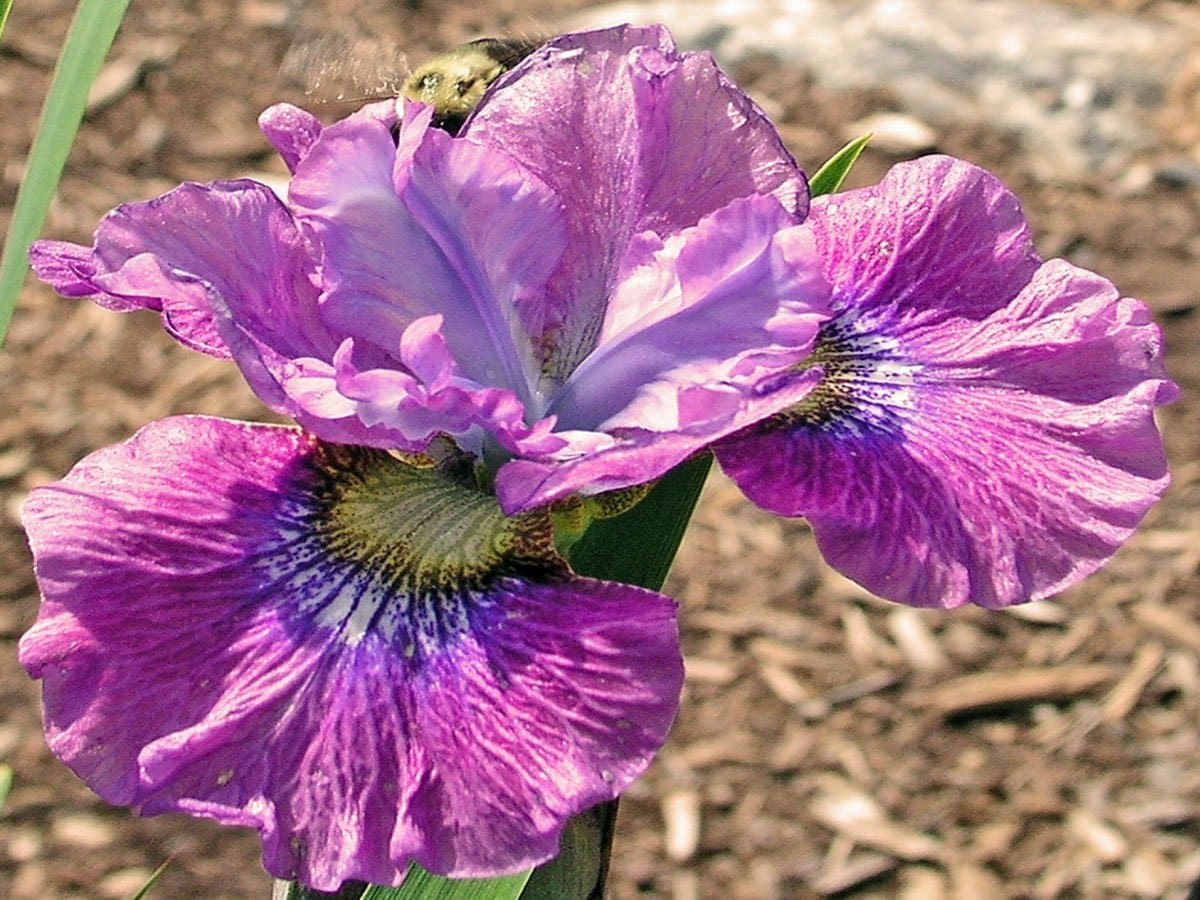
Craftsy folks frequently share a do-it-yourself ethic. While it’s always easier just to buy cheap, pretty yarn at the craft store, some (particularly homesteaders) prefer to create their own dyes. In fact, if you own sheep or other fiber animals, this may be a logical next step to adding value to your products.
You can even take the dye-it-yourself project a step further by harvesting the materials for your own homemade dye! Many dye materials can be grown in the garden or collected on a nature walk.
Looking for a specific color? Here’s where to find it. You will notice that some colors are altered by the mordant used. A mordant is a substance used to fix a dye onto a fabric.
Red
- Avocado skin and seed: Light pink.
- Roses: Brilliant pink with mint and lemon juice to activate alkaloids.
- Lavender: Brilliant pink with mint and lemon juice to activate alkaloids.
- Pink or red camellia blooms: Strong pink to magenta with salt and lemon.
- Fresh dandelions: Magenta.
- Sumac fruit: Light red.
- Pokeweed fruit: Rust with chrome as a mordant.
- Bamboo: Turkey red.
- Madder root: Garnet red with chrome as a mordant.
- Beets: Deep red.
Orange
- Giant coreopsis: Bright orange.
- Yellow onion skin: Bright orange with tin as a mordant; burnt orange with alum.
- Butternut bark or seed husks: Light yellow-orange.
- Lilac twigs and bark: Yellowish orange.
- Shredded carrots: Rich orange.
- Red onion skin: Reddish orange with alum as a mordant.
Yellow
- White mulberry bark: Cream with with alum as a mordant.
- Osage orange wood: Pale yellow.
- St. John’s wort tops: Bright yellow with chrome as a mordant.
- Goldenrod flowers: Bright yellow with tin as a mordant.
- Tumeric: Very bright, vibrant yellow.
- Dandelion flowers: Soft yellow with alum as a mordant.
- Elderberry leaves: Soft yellow with alum as a mordant; deep yellow with chrome as a mordant.
- Plantain: Dull yellow with alum as a mordant.
- Fennel flowers and leaves: Mustard yellow with alum as a mordant.
- Coneflower leaves and stems: Gold.
- Red clover: Gold with alum as a mordant.
- Marigold flowers: Gold with chrome as a mordant.
- Red onion skins: Gold with chrome as a mordant.
- Sage tops: Deep yellow with chrome as a mordant.
- Dock roots: Deep yellow with alum as a mordant.
Green
- Foxglove flowers: Apple green.
- Peony flowers: Pale lime green.
- Queen Anne’s lace: Pale green.
- Hydrangea flowers: Celery green with alum as a mordant plus copper.
- Fresh sage tops: Green-gray with iron as a mordant.
- Fresh yarrow: Olive green with iron as a mordant.
- Marjoram tops: Olive green with chrome as a mordant.
- Coneflower blooms: Brownish green.
- Peppermint: Dark khaki green.
- Sorrel roots: Dark green.
- Bayberry plant: Dark green with iron as a mordant.
- Fresh dock leaves: Dark green with iron as a mordant.
Blue
- Geranium: Blue-gray.
- Fresh elderberries: Blue-gray with tin as a mordant.
- Dogwood fruit: Greenish blue.
- Indigo: Deep true blue.
Purple
- Basil: Purplish gray.
- Huckleberries: Lavender.
- Elderberries: Lavender.
- Red or black mulberries: Royal purple.
- Red cabbage leaves: Rich purple.
- Dark red or purple hibiscus flowers: Reddish purple.
- Pokeweed berries: Deep reddish purple.
- Very dark purple iris blooms: Dark bluish purple with alum as a mordant.
- Blackberries: Strong purple.
Brown, Gray, and Black
- Tea: Ecru.
- Dried fennel seeds: Very pale brown.
- Birch bark: Light brown to buff.
- Tea bags: Light brown or tan.
- Weeping willow wood and bark: Peachy brown.
- Plantain: Camel with chrome as a mordant.
- Pine tree bark: Medium-light brown.
- Dandelion roots: Warm brown.
- Broom sedge: Golden brown.
- Fennel leaves: Golden brown with chrome as a mordant.
- Yellow onion skins: Brass with chrome as a mordant.
- Yellow coneflower head: Brass to greenish brass with chrome as a mordant.
- Wild plum root: Rusty brown.
- Red onion skins: Dark tan with chrome as a mordant.
- Goldenrod shoots: Deep brown.
- Beets: Deep brown with ferrous sulfate as a mordant.
- Butternut bark: Dark brown when thoroughly boiled down.
- Dried oregano stalks: Deep brown to black.
- Black walnut hulls: Deep brown to black.
- Carob pods: Dark gray.
- Iris roots: Black.
- Sumac leaves: Black.
- Oak galls: Strong black.
Conclusion
This is a very small sampling of the natural dyes that exist, but it is sufficient to demonstrate that the plant kingdom offers an entire rainbow of colors just waiting for harvest. If you are willing to dye your own fiber, you will never run out of new options for achieving your favorite colors.
Reference: https://homesteadontherange.com/2019/02/11/a-rainbow-of-natural-dyes/

